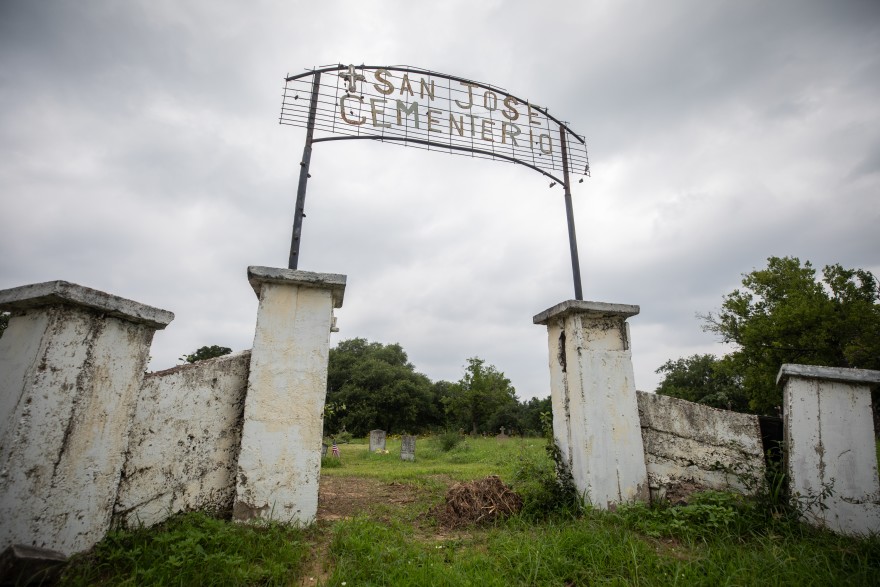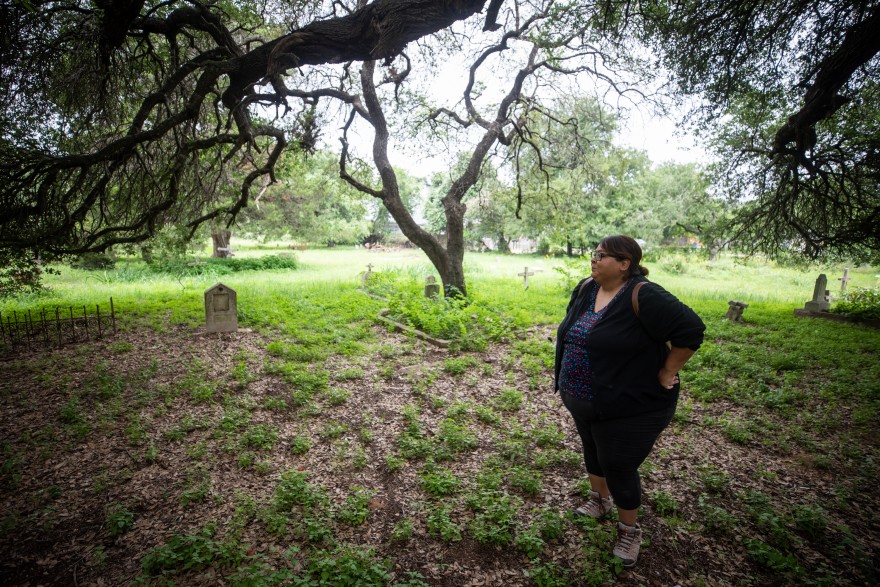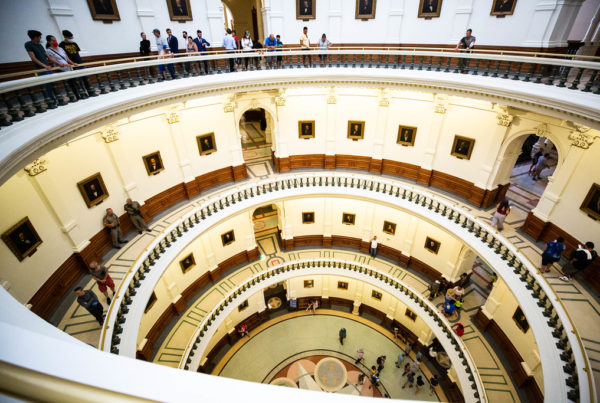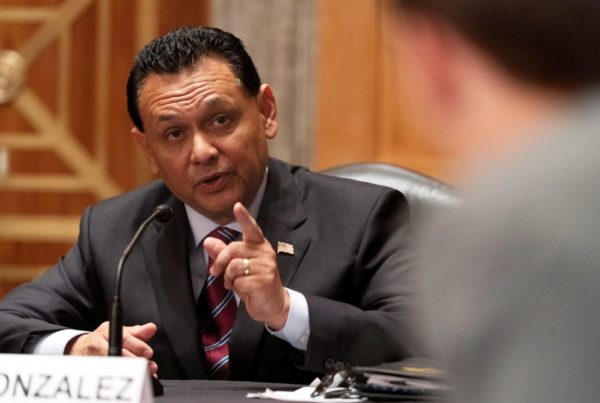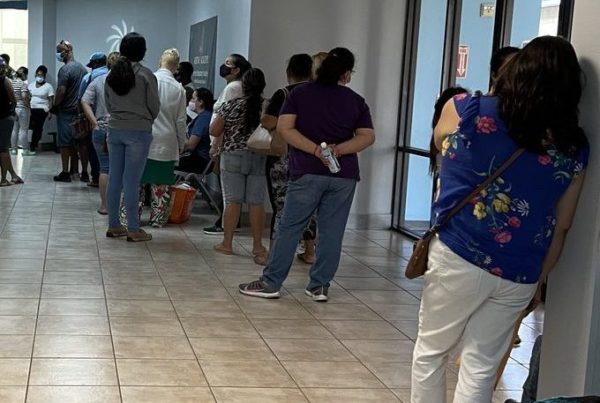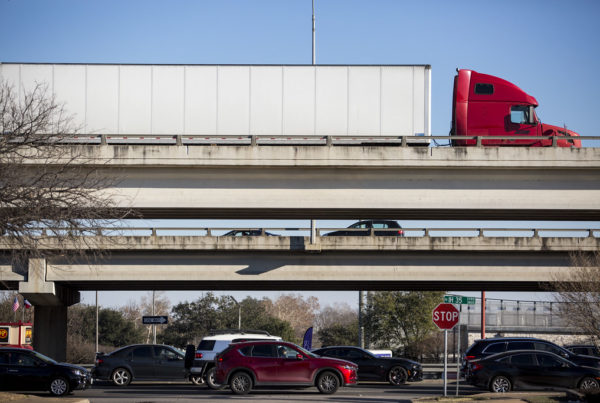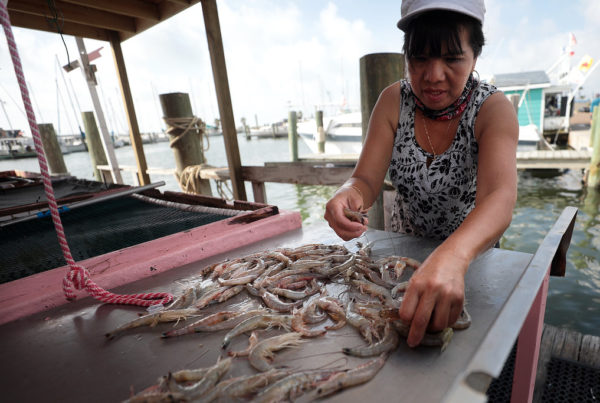Sandwiched between private properties in Southeast Austin sits a little-known cemetery off Hoeke Lane, just west of U.S. 183. From the outside, there’s nothing that indicates the site is the final resting place for a number of Mexican and Mexican-American residents who died decades ago.
It’s a wilderness. The headstones, many of which date back to the 1940s, are easy to miss. The weeds are overgrown, and trees and shrubs cover much of the 4.5-acre plot.
The cemetery has been called a couple different names over the years — the Montopolis Cemetery and San José II. But no sign will tell you that. In fact, there’s scarce information available about the cemetery’s history at all.
But members of the community and a team of researchers are trying to change that. They want to trace back its history and ensure the cemetery, along with its sister site in nearby Montopolis, is preserved.
Diana Hernandez is the lead researcher for (Re)claiming Memories, a research group out of UT Austin that seeks to restore and preserve missing histories in communities of color. She and her team have been collecting death certificates and reaching out to descendants of those buried at the cemeteries to help piece together the history.
“Once we start to research the people that are buried here and start to find archival documentation for each person, we start to see the community come to life through the cemetery,” she said.
The History
To understand San José II, Hernandez says, we have to start about 2 miles north at San José I. This historic Mexican and Mexican-American cemetery was built around 1919. It sits between two churches off Montopolis Drive, though neither of them own it. The site is believed to be unclaimed, or orphaned, meaning no one is responsible for its upkeep in any official capacity. But neighbors and community members have taken care of it as best they can over the years, mowing the lawn, pulling weeds and cleaning off gravestones.
A metal archway stands at the entrance and reads “San Jose Cementerio.” The cemetery was founded by a mutual aid society called the Union Fraternal Mexicana, and it served the migrant sharecropping community. This was during segregation.
“Mexicans weren’t necessarily allowed to be buried in white cemeteries,” Hernandez said. “In some cases I’ve seen where there’s a white cemetery, and then right next to it is the Mexican section or the Black section. … In this case, it was just a completely different cemetery.”



